|
Manchester Museum
|
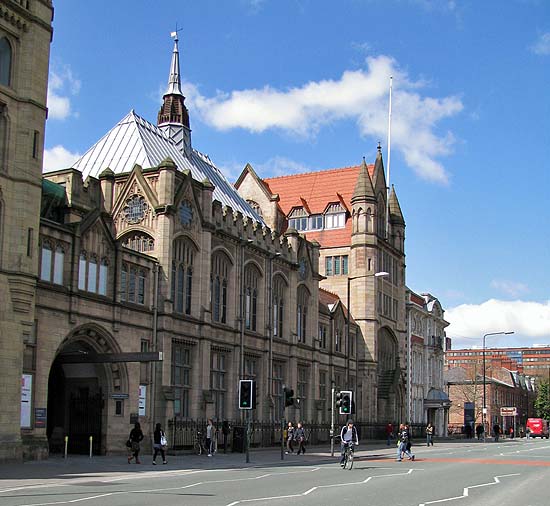 During the 1950s I used to go to the Manchester Museum on a Saturday morning to take part in the drawing class they offered. They gave us a drawing board, paper and pencils and turned us loose in the museum. The leaders of the group would circulate and give advice but I always felt I had been turned loose in a chocolate factory to wander at will. I wasn't very good and I have to admit that when I discovered that I could wander into one of the back rooms where there were aquaria including a salt water tank I went there often. Instead of drawing the African animals I was annoying the sea urchins with my pencil. Alfred Waterhouse, the architect of the Town Hall and London's magnificent Natural History Museum designed the museum building at Owen's College on Oxford Road. Today it is home to the Manchester Museum but that museum started life on Peter Street in 1835. It all began with the purchase of the collection of the Manchester manufacturer John Leigh Philips and the creation of the Manchester Natural History Society. They displayed the collection in their Peter Street premises. In 1850 they added the collection of the Manchester Geological Society. By the twentieth century, the
collection was split into archery, archaeology, botany, Egyptology,
entomology, ethnography, mineralogy, palaeontology, numismatics and
zoology, as well as live specimens in the aquarium and vivarium. The
collection had grown to six million items, and the staff from four to
over 70. In 1997 the Museum was awarded a £12.5 million grant from the
Heritage
Lottery Fund and this, together with money from the European Regional
Development Fund, the University of Manchester, the Wellcome Trust, The
Wolfson Foundation and other sponsors enabled the Museum to refurbish
and expand including the addition of a museum café in the former Dental
School. The renewed museum opened in 2003.
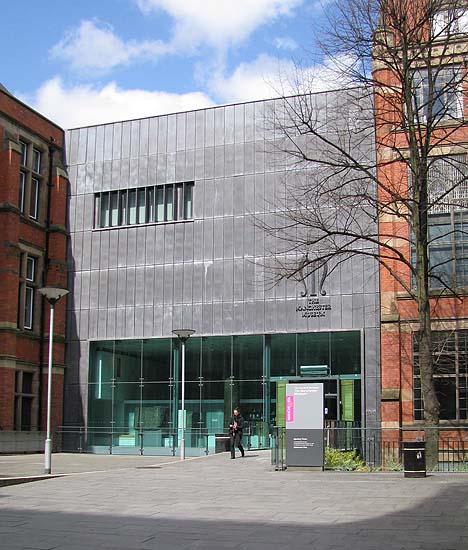 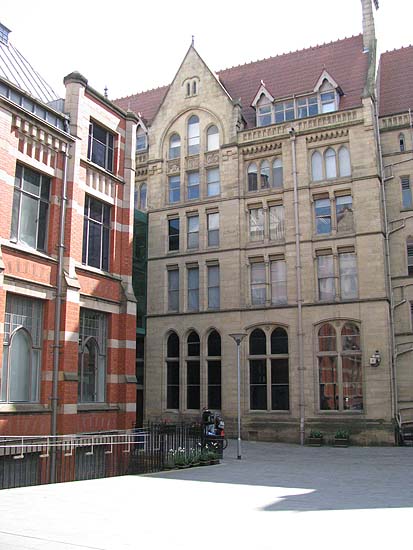 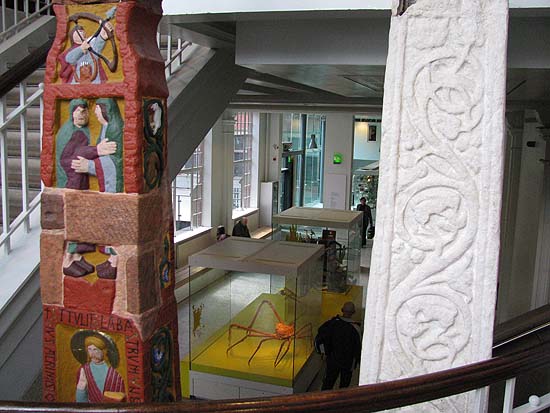 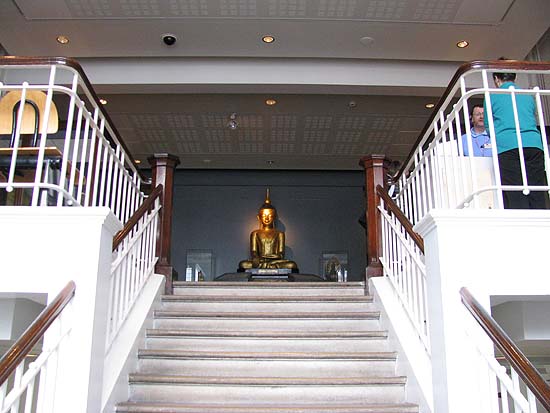 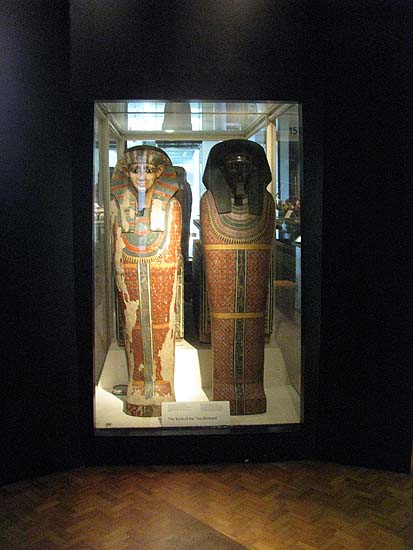 In 1872 James
Jennison, the son of John Jennison, the founder of Manchester's famous
Belle Vue Zoo, bought an elephant called Maharaja from Wombwell's
Travelling Menagerie for £680. He bough the elephant at a sale in
Edinburgh and as the story goes when they attempted to load Maharaja on
a tran for the trip to Manchester he destroyed the railway wagon.
Maharaja's keeper Lorenzo Lawrence then decided to walk him to
Manchester which may have been a pragmatic solution to a dilema or one
of the best publicity stunts in the history of the zoo.
Maharaja's skeleton can be found today in the Manchester Museum.
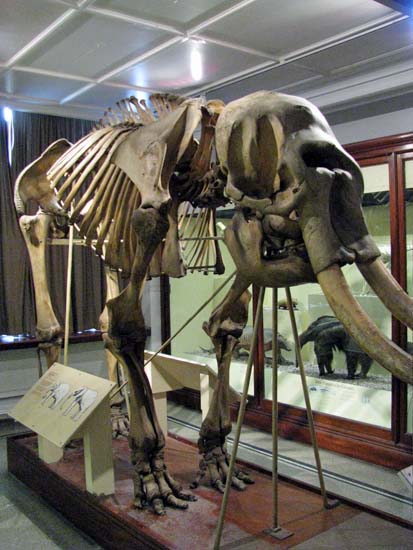 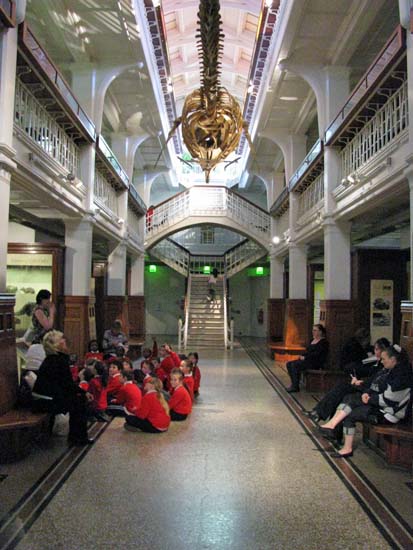 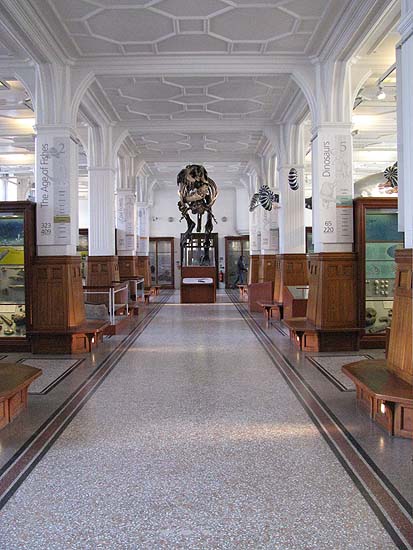  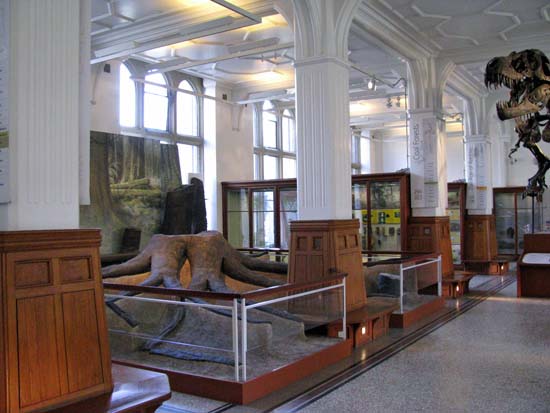 |